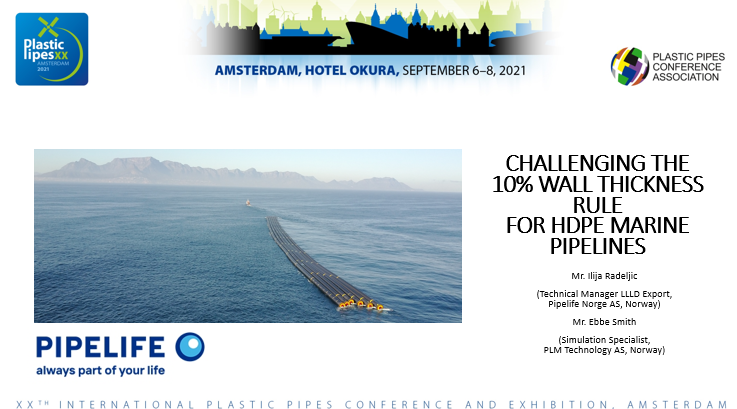Summary Of – Challenging the 10% Wall Thickness Rule For HDPE Marine Pipes
I wanted to break down this paper into a few slides which can be shared on LinkedIn and maybe some other platforms. Luckily I can piggyback on Ilija Radeljic’s great work he did for making the presentation material. I want to create a much more condensed set that focuses on the workflow parts relates to FEM and Stress analysis.
Background
While working on the root-cause failure of The Ocean Cleanups’ “System 001: Wilson” Ilija Radeljic proposed that we applied some of the knowledge we gained in the project to further reduce the need for plastics as repairs can easily be performed in a safely manner with regards to the peak strains during installation for other HPDE pipes in marine environments.
The result was a co-written paper where we addressed the benefits and methods required to increase the 10% thickness rule by applying elementary examples of worst case scratch geometry and comparing stresses using analytical methods and finite element models for both scratched and repaired models.
It was fun to work alongside Ilija Radeljic, learning about massive HPDE pipes, making Abaqus models and writing scripts that enabled scalable parameter studies that provided for easy data for post-processing.
Access the full paper here: https://www.plasticpipesconference.com/content/308/309/c21b794ed25fc79af038e60ef609dbbf.pdf
#techniasimulation #abaqus #sustainability #theoceancleanup #hdpepipes #simulation
